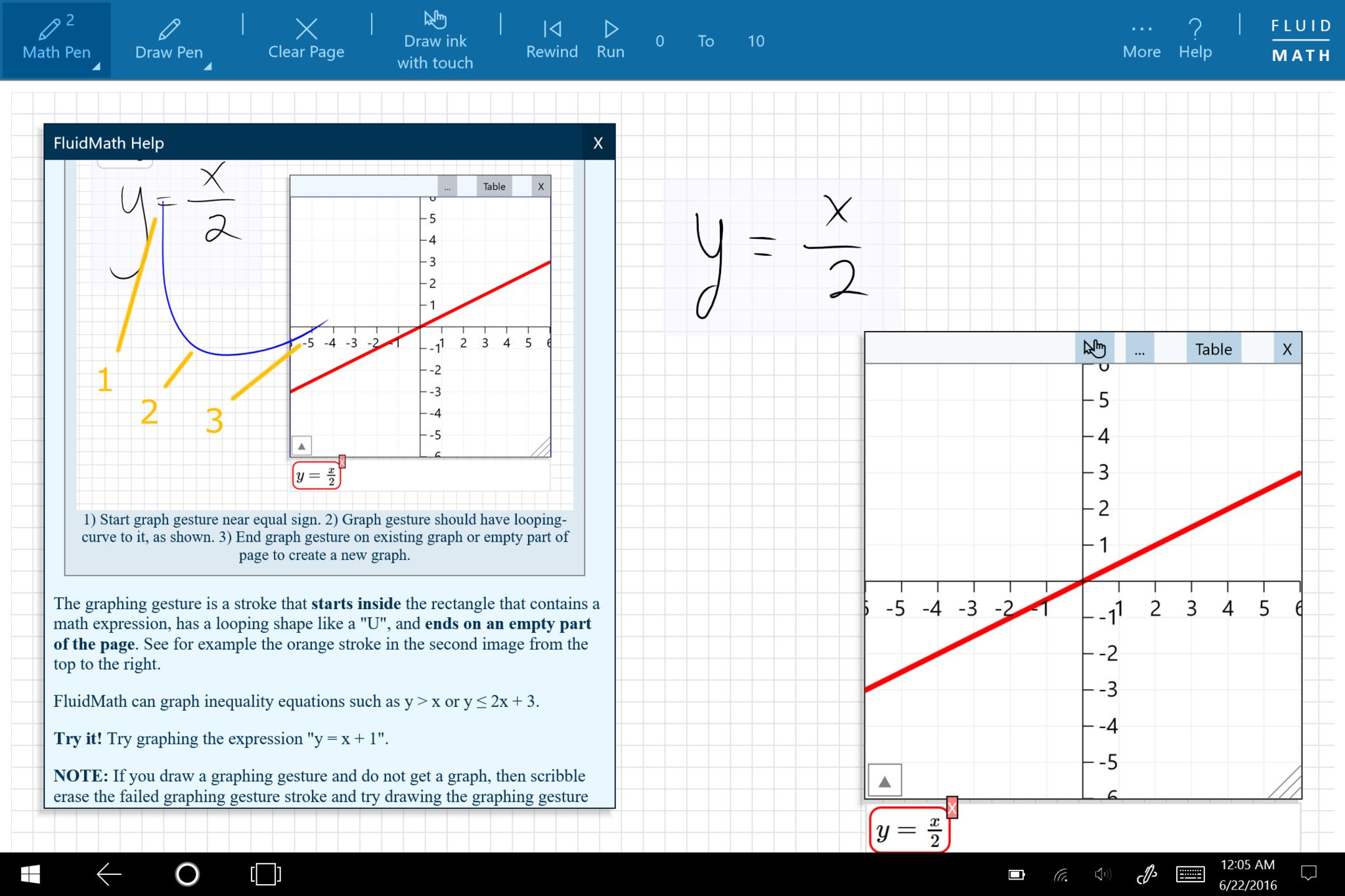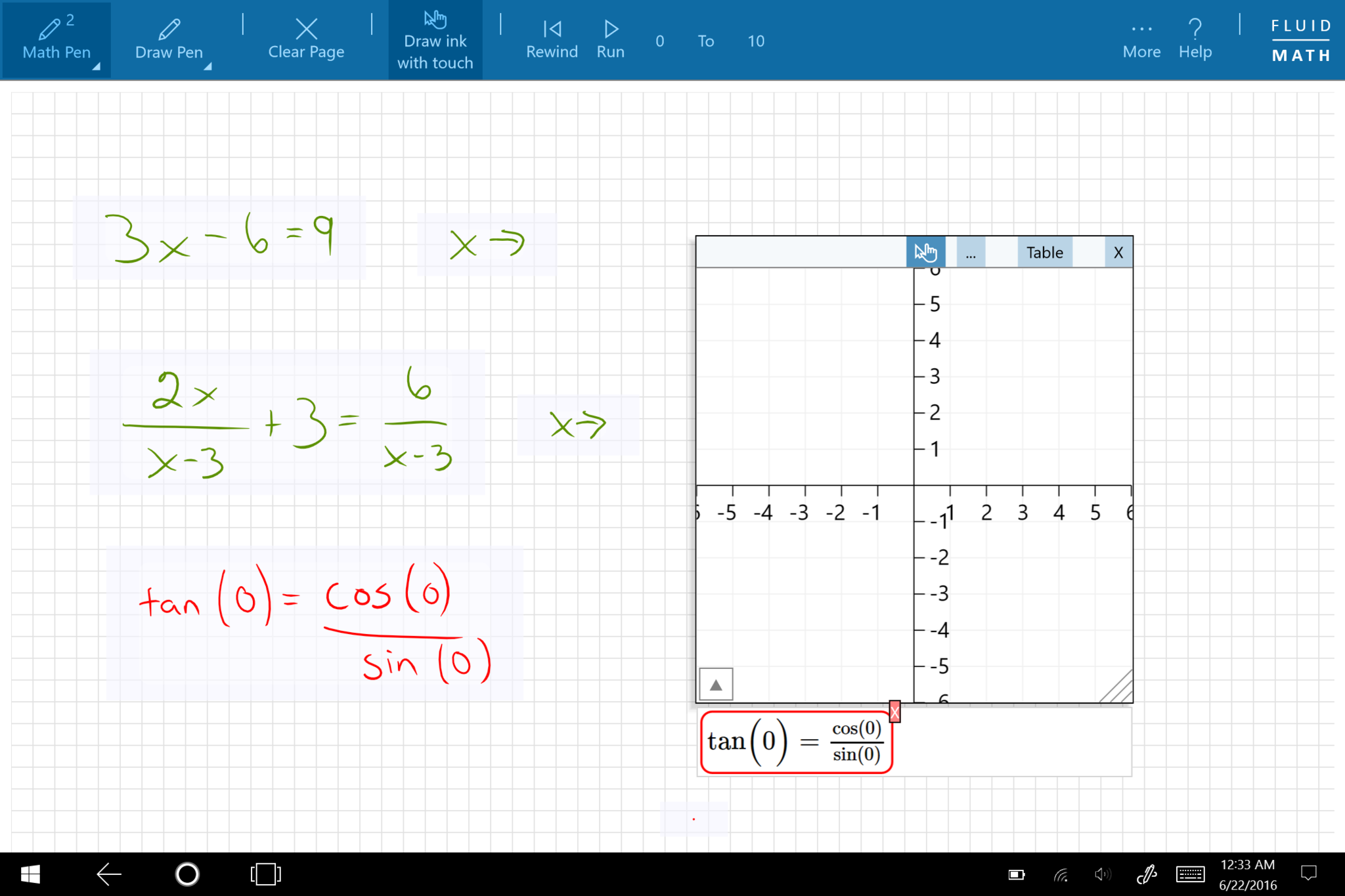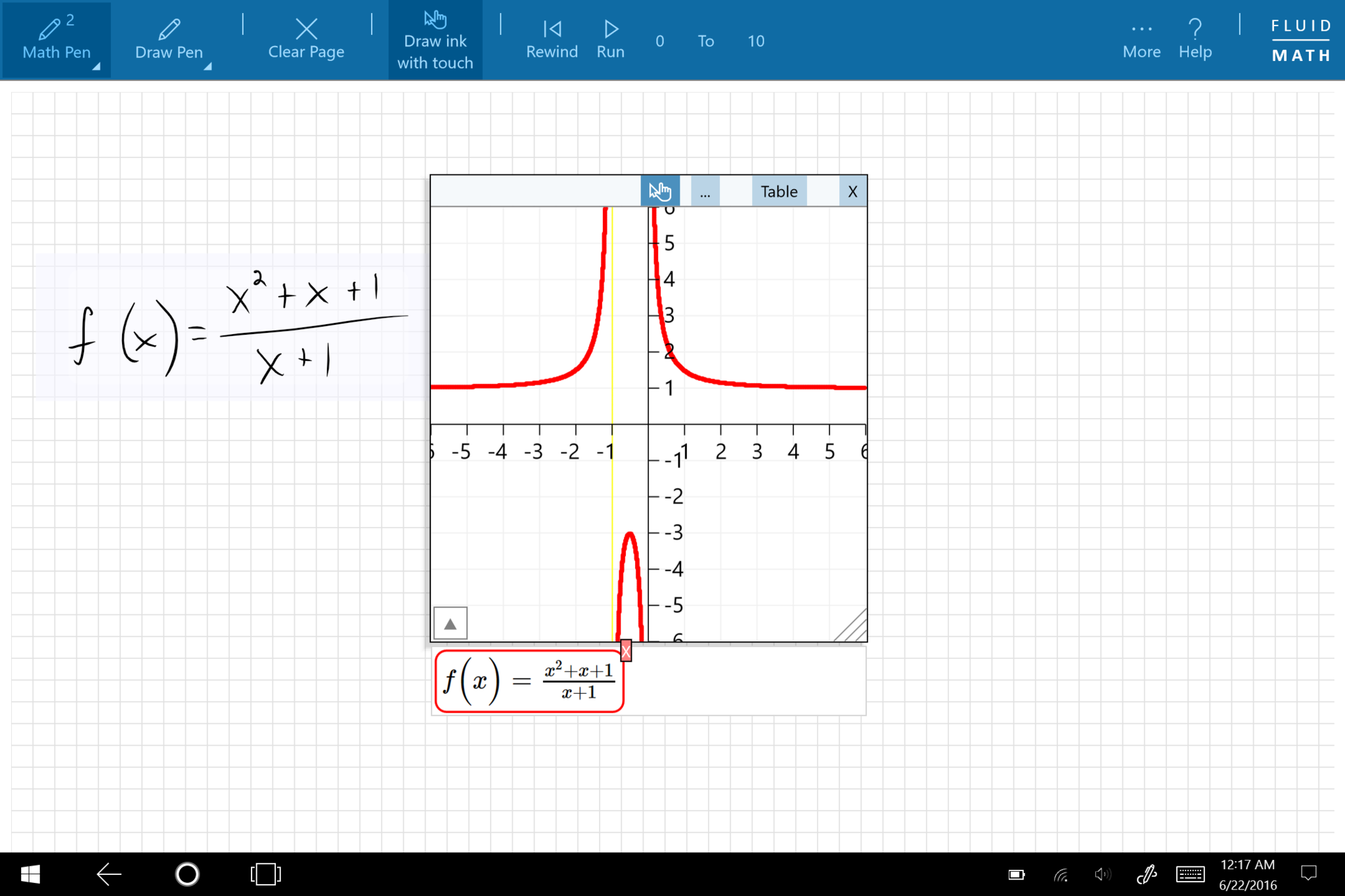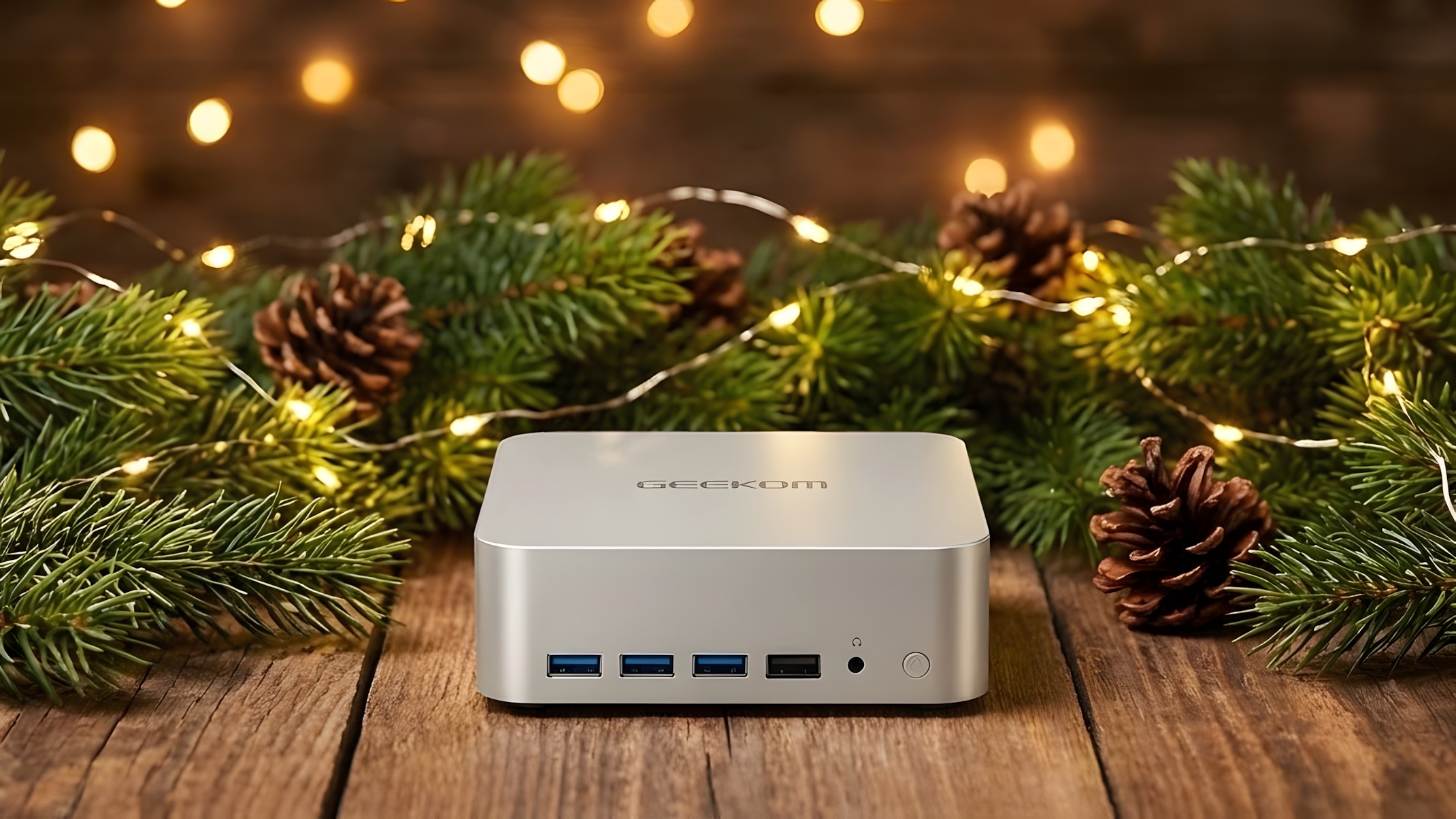Windows 10 Gems: Calculate the smart way with FluidMath
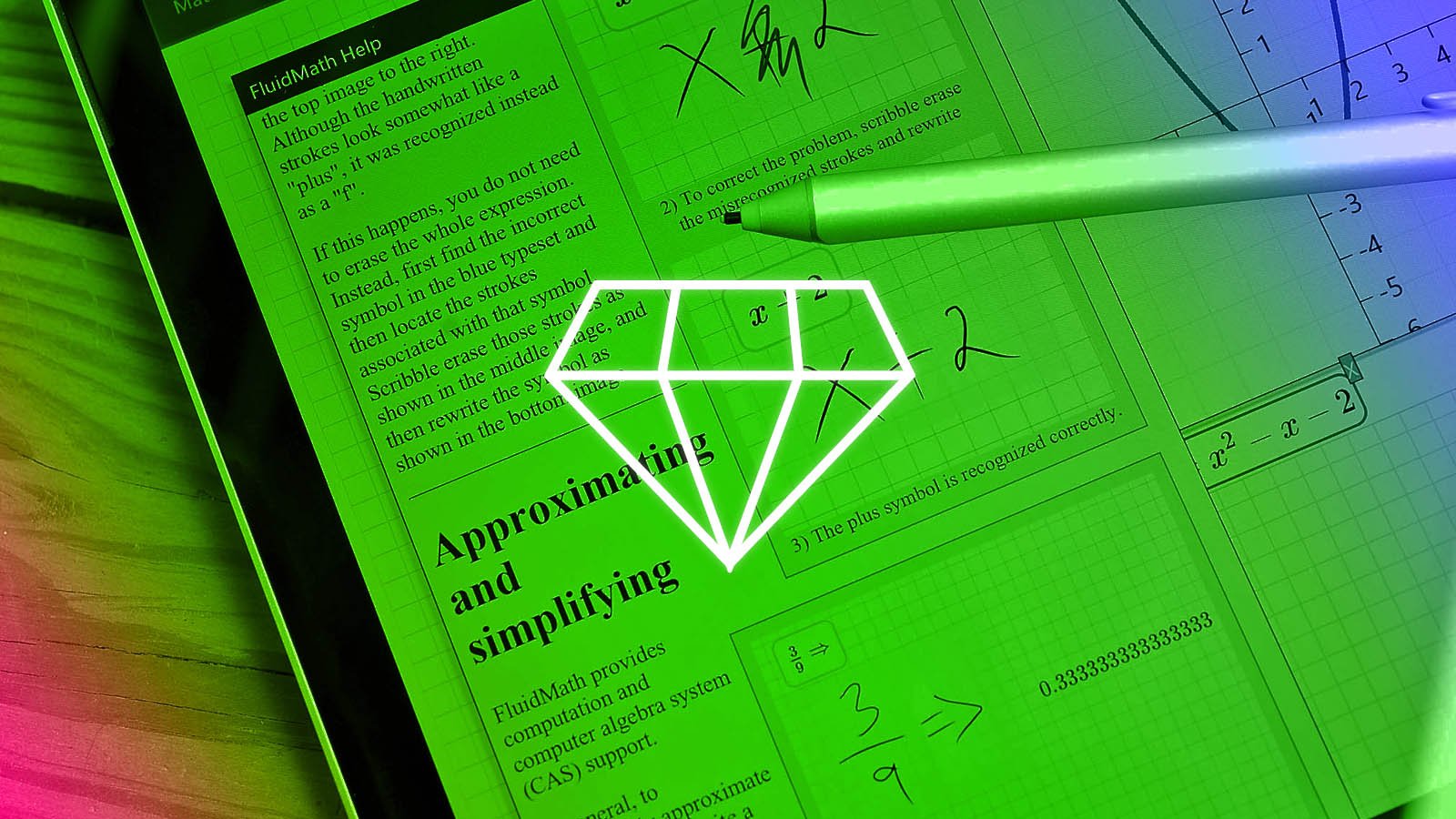
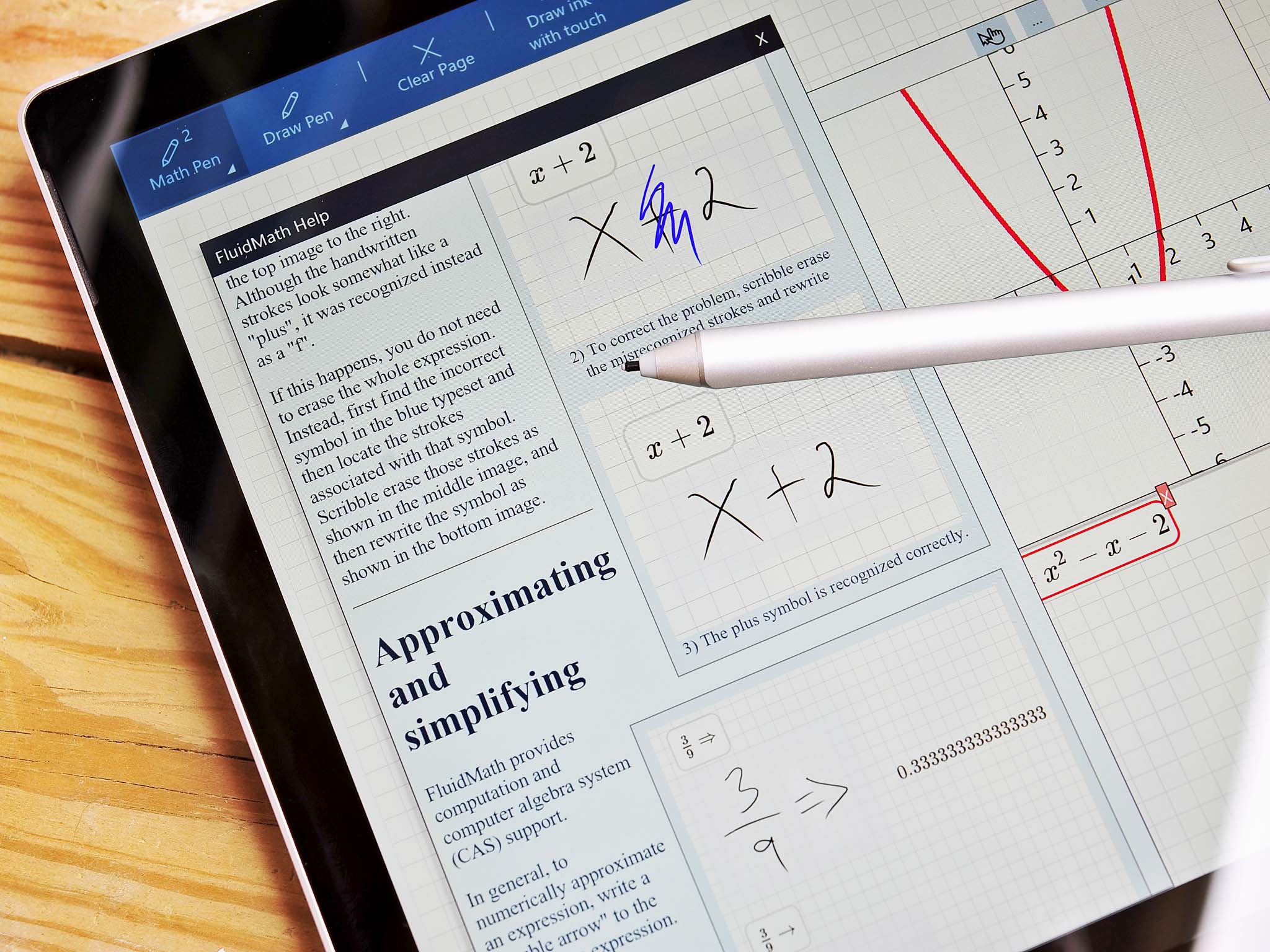
#DoMoreEveryDay
With Windows 10 Gems!
With support from Microsoft
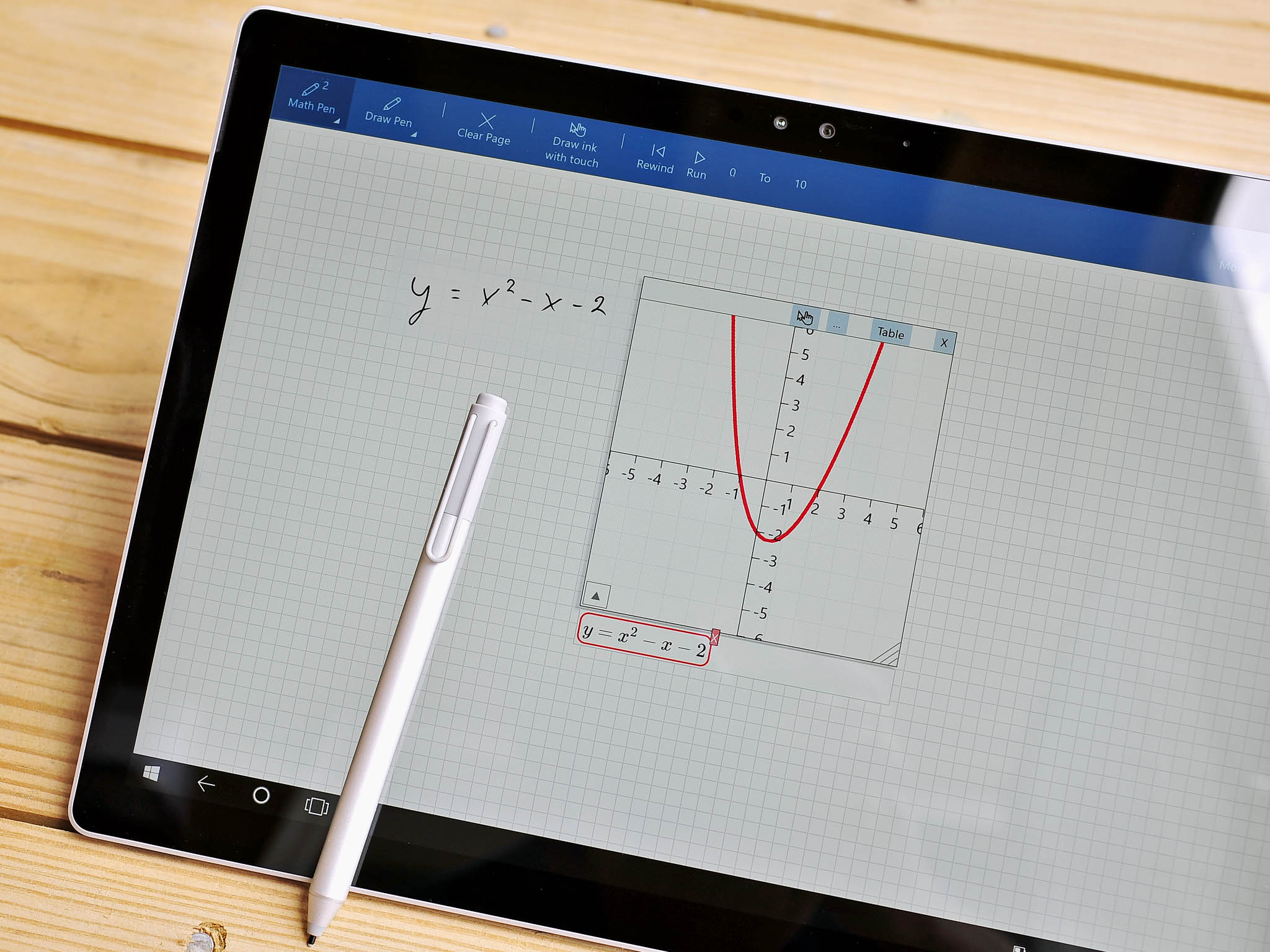
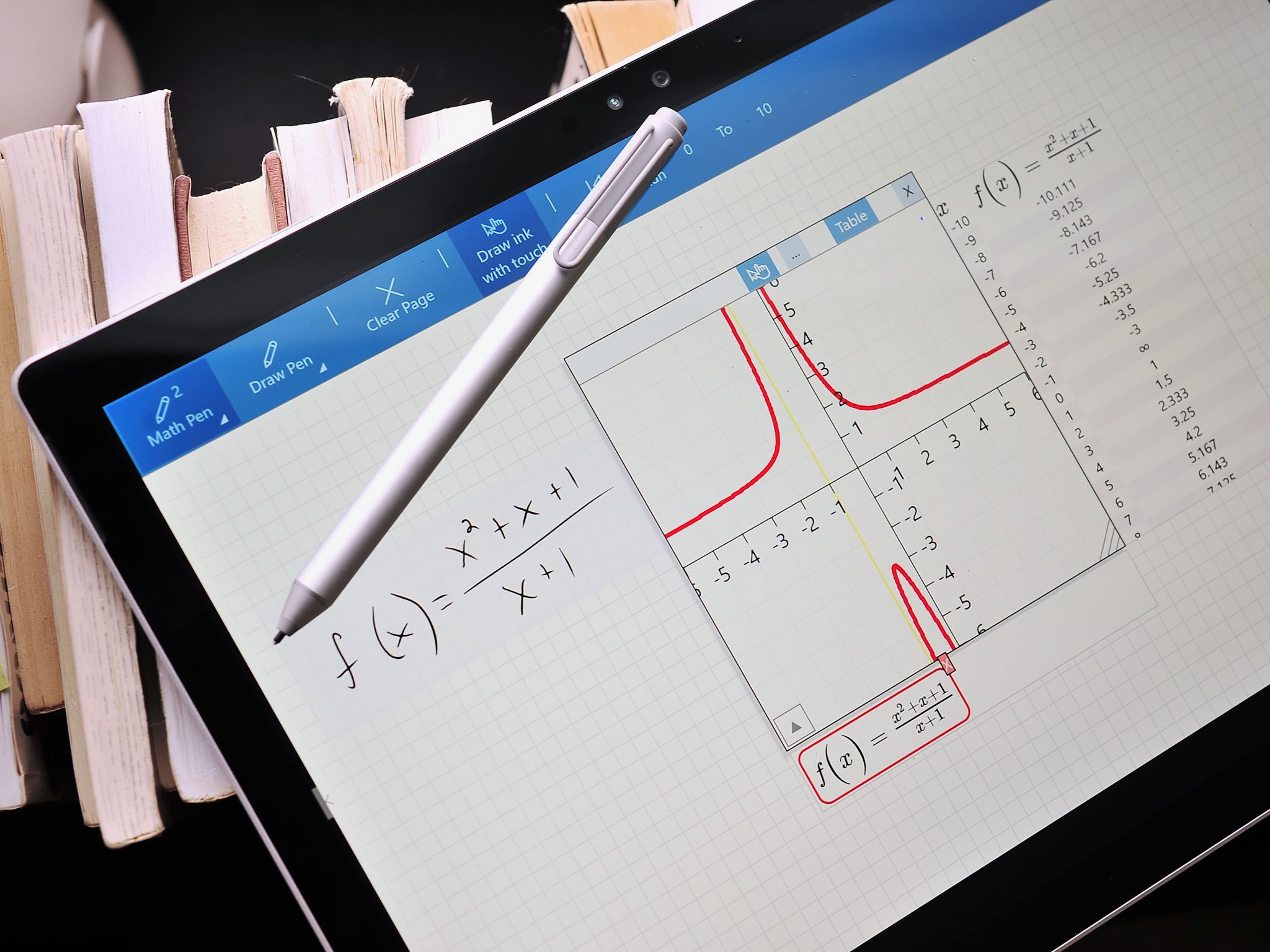
Take a classic graphing calculator and merge it with Windows 10's pen and ink capabilities and you get a math-solving tool for a whole new generation.
FluidMath
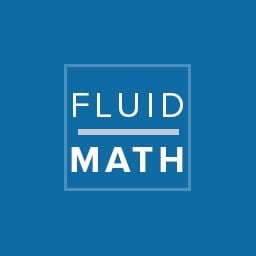
It doesn't matter what your age is — you just might not enjoy math. You might have never been able to get the handle of algebra or grasp calculus, or maybe you love it and it's your favorite thing ever. Regardless of your position on math, if it's something that's a regular part of your life you'll want to take a look at FluidMath. It takes all of the capability of a high-powered graphing calculator, but wrapps up as a Windows 10 app with support for digital inking. It is perhaps the ultimate learning tool for students and demonstration app for teachers.
What can you do with FluidMath and why do you need it if you have a modern two-in-one Windows tablet? I'll tell you in today's Windows 10 Gem!

What it is
FluidMath for PCs running Windows 10 is an inking-enabled math app. It is available for devices like the Surface, Surface Book, Samsung Galaxy Tab Pro S, and Huawei MateBook. FluidMath lets you ink math formulas onto digital paper, solve linear algebra, and automatically graph those pesky quadratic equations with ease.
All the latest news, reviews, and guides for Windows and Xbox diehards.
The real miracle with FluidMath is how it takes your handwritten math problems and converts them into equations that the app can then solve for you. Going one step further, it will even graph those equations out for you, let you manipulate them and gather more information.
Take a classic TI-83 graphing calculator and merge it with a Surface Pro 4's pen and ink capabilities and you have yourself a math-solving tool for a whole new generation. The company behind FluidMath is Fluidity Software, and they note that their app was "researched, developed, and tested in consultation with teachers over five years with support from NSF, NIH, and US Department of Education" making it more than just a novelty.
Fluidity Software suggests their software is appropriate for pre-Algebra, Algebra I, Algebra II, pre-Calculus, and Calculus, Likewise, it's not just for students as math or physics teachers can use it as a demonstration tool as well.

Why it's great
For many people, math is full of abstract formulas and data that's hard to visualize. Some of us are just stronger in the verbal game than the math one, including me. Having a tool that lets me use my Surface or MateBook to do math already has sparked my interest and – let's face it – today's generation of students are very computer literate, making them ideal candidates for this app.
FluidMath is also rather simple to use. When you first launch it, you are presented with digital graphing paper. There are two pen functions: one for doing math equations and the other for drawing. The "math pen" is the one that will be converted into text as you write out the formula, while the second is useful for circling, drawing arrows, animations, and more to help highlight an area of interest.
The app has a built-in Help tutorial that will walk you through how FluidMath works and what it can do. FluidMath isn't a catch-all for all things math — it's not ideal for geometry, statistics, or 3D graphing, for example — but is instead better suited for all levels of algebra and calculus.
Fluidity says that it takes about an hour to get acquainted with the handwriting recognition in FluidMath, and I would say that is accurate. Most of this depends on how cleanly you write your numbers so that the auto-conversion process recognizes what you want to represent. It can be tricky, but the accuracy is quite high in my opinion.
Besides the "train yourself to train the app" part there are also gestures and symbols that make the app recognize certain functions. For instance, doing a swoosh like graphing gesture starting at the equals sign in an equation will tell the app to attempt to graph it out. The chart then pops up next to the equation, and the student or teacher can expand it, move it around, show the full table, or draw on it to visually demonstrate the lesson. I found this feature incredibly impressive. There is also a slider function to vary the value of a parameter.
Other expressions include a "double arrow" to approximate numerically the expression (i.e. convert a fraction to decimals), while a single arrow will simplify it (i.e. convert a fraction from 3/9 to 1/3). Doing these gestures and expressions lets you quickly "solve for X" or "solve for a, and b".
FluidMath can also create animations of math expressions, which makes an excellent visual learning aid for students. Likewise, you can "shrink" the text on the page by removing your handwritten formulas and only keeping the converted text. This ability lets you keep more on a single page instead of scrolling to another page.
The eraser function for the Surface Pen, unfortunately, does not work, which is good and bad. This means any Windows and pen combination works with FluidMath, and they've worked to make erasing easy. You can either tap Clear Page (wipes everything) or literally scribble over your mistake like on real paper – the app will then remove that part of the equation so that you can attempt to write the right number or symbol.
FluidMath can create animations of math expressions, which makes an excellent visual learning aid for students.
Perhaps the biggest obstacle with FluidMath is the conversion from handwriting to text so that the app can solve equations for you. I am not that accustomed to writing with a digital pen, let alone doing math, and you need some practice time with the app. This is not a fault of FluidMath — there are just limits on inking to conversion abilities in 2016 that all apps have to contend with.
Regardless, I did find the ability of the app to solve equations and graph them out quite impressive. Frankly, if I were in school, I would constantly use this app to understand better, visualize, and practice doing calculus.
For teachers, using this app on a Microsoft Surface, Samsung Galaxy Tab Pro S, or Huawei MateBook along with an HDMI out to a projector would be an excellent combination.
One feature I would like to see added, however, would be to save your work. I think it would be neat for teachers to be able to sketch out some examples before class so that they can quickly pull them up or so students can turn in or share their work. Then again, once you get used to using the app and the gestures, I think doing it live should not be much of a problem.
The future of math is digital ink
Overall, FluidMath is a perfect melding of old with the new. The app is a lot of potential for students and teachers and makes a great companion for homework or classroom demonstrations. Since professionals build the app, you are getting some high-level abilities by people who do this for a living.
FluidMath is free to try and runs for a modest $7.49 per year via an in-app purchase. Now if I could just go back 20 years and use this app my traumatic math experience may instead be positive memories!
Day 11 Sweepstakes:Win a Microsoft Surface 3!
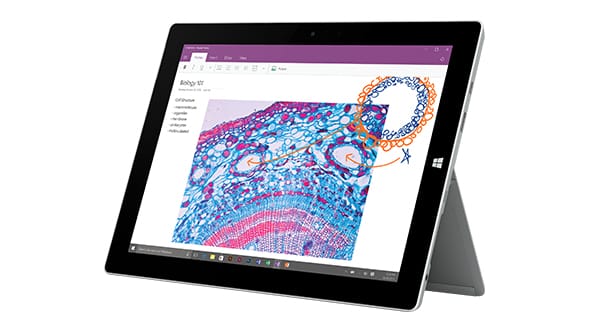
How to Enter: Log into Windows Central and leave a comment on this post letting us know how FluidMath could help you solve problems in your day-to-day life. At the end of your comment you must also indicate you are posting as an entry into the sweepstakes, or use #sweepstakes.
Full rules and regulations can be found here, but please note that due to sponsor restrictions, the sweepstakes is only open to Windows Central readers in the US and Canada.
The sweepstakes is open until July 15th, and winners will be announced on the blog shortly after the close date.
The Prize: One super lucky Windows Central reader will take home a Surface 3 tablet! Good luck!

Follow Daniel for even more #DoMoreEveryDay
Twitter: @Daniel_Rubino
Instagram: daniel_rubino

Daniel Rubino is the Editor-in-chief of Windows Central. He is also the head reviewer, podcast co-host, and analyst. He has been covering Microsoft since 2007 when this site was called WMExperts (and later Windows Phone Central). His interests include Windows, laptops, next-gen computing, and wearable tech. He has reviewed laptops for over 10 years and is particularly fond of 2-in-1 convertibles, Arm64 processors, new form factors, and thin-and-light PCs. Before all this tech stuff, he worked on a Ph.D. in linguistics, performed polysomnographs in NYC, and was a motion-picture operator for 17 years.
